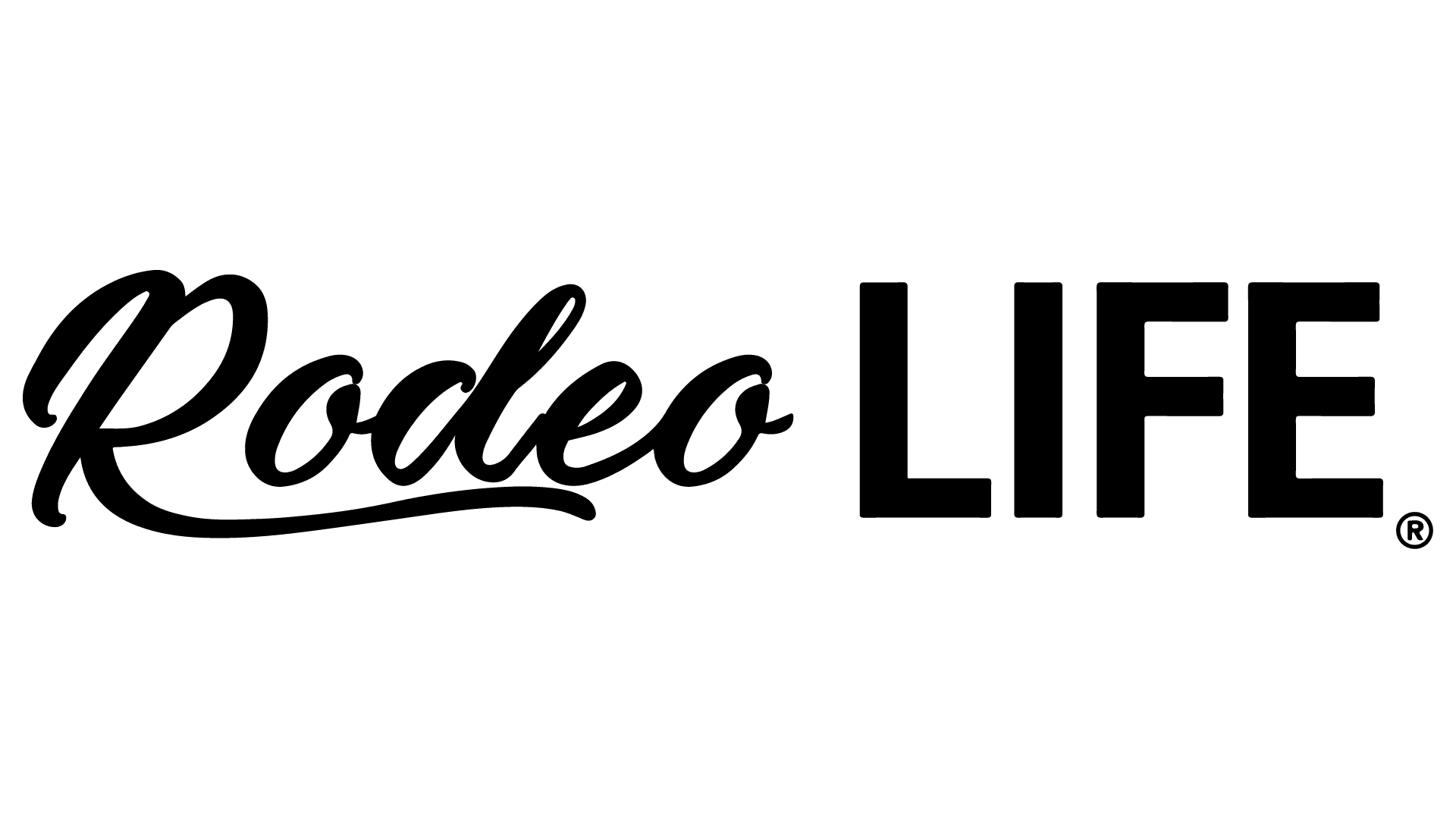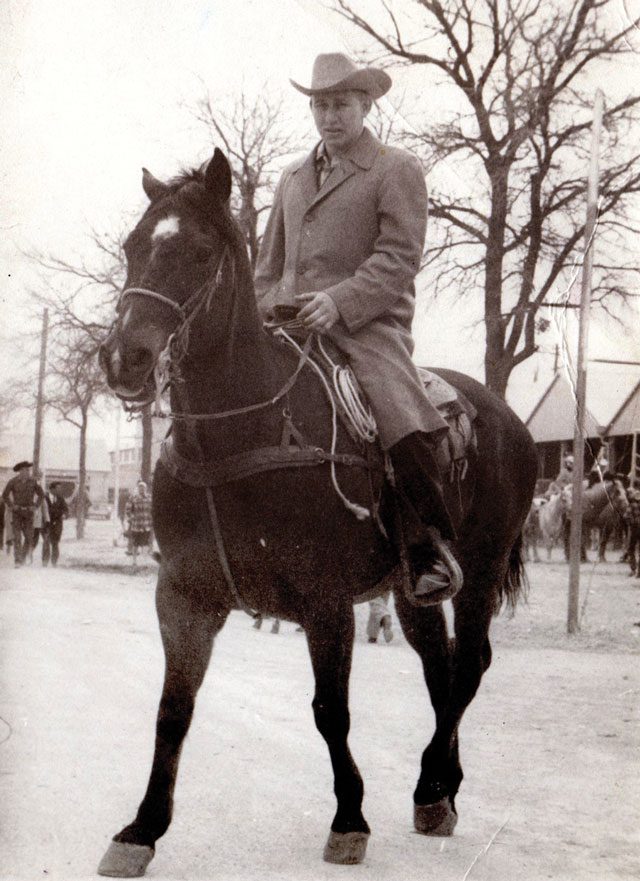Clem McSpadden called him the best match roper of his time.
Henry Hainzinger may have never won a world championship, but he was well respected for his roping across the prairies of Oklahoma, Kansas, Texas, and beyond.
He got his start at roping two blocks from his home in Bartlesville, Okla., with a neighbor, Art Saylor, who had a horse and goats. When he was twelve, he was spending time on Art’s horse, roping goats, and getting better at his craft.
Many small towns had roping clubs, and Henry was part of the Bartlesville Round-Up Club. In those days, without social media, video games, and Ipods, kids made their fun at practice nights and Sunday afternoon ropings. Henry was one of them, and when they all got together, they often held match ropings: two calf ropers who went head to head, on two or four runs, with the fastest average time winning whatever had been bet, usually five or ten dollars, occasionally as much as one hundred dollars.
Henry usually came out on top of the match ropings, and that’s what McSpadden referred to when he talked about the cowboy.
He quit school at the age of sixteen and went to work for a local machine shop. In the summer of 1952, he worked for world champion steer roper Fred Lowry at Lenapah, Okla., breaking horses. Fred, who was the uncle of world champion steer roper Shoat Webster, would have Henry take horses to Shoat’s place for Shoat to look at and try. Fred was instrumental in Henry’s career, giving him tips and advice as they roped together nearly every day.
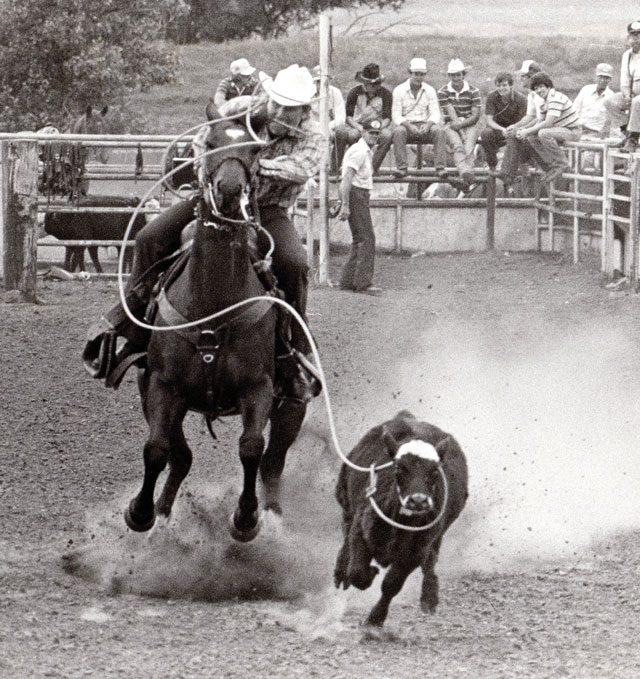
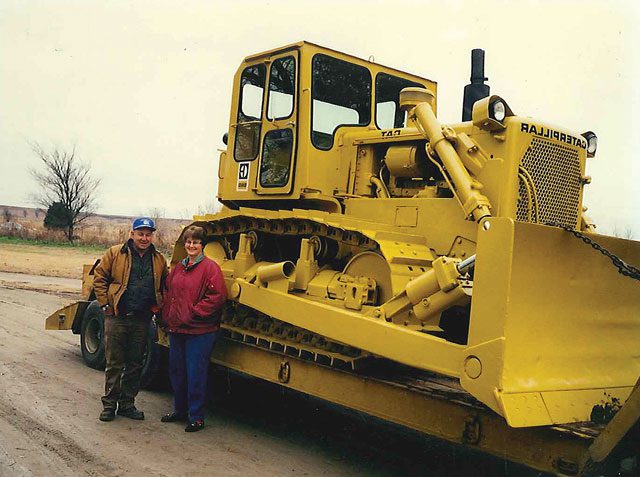
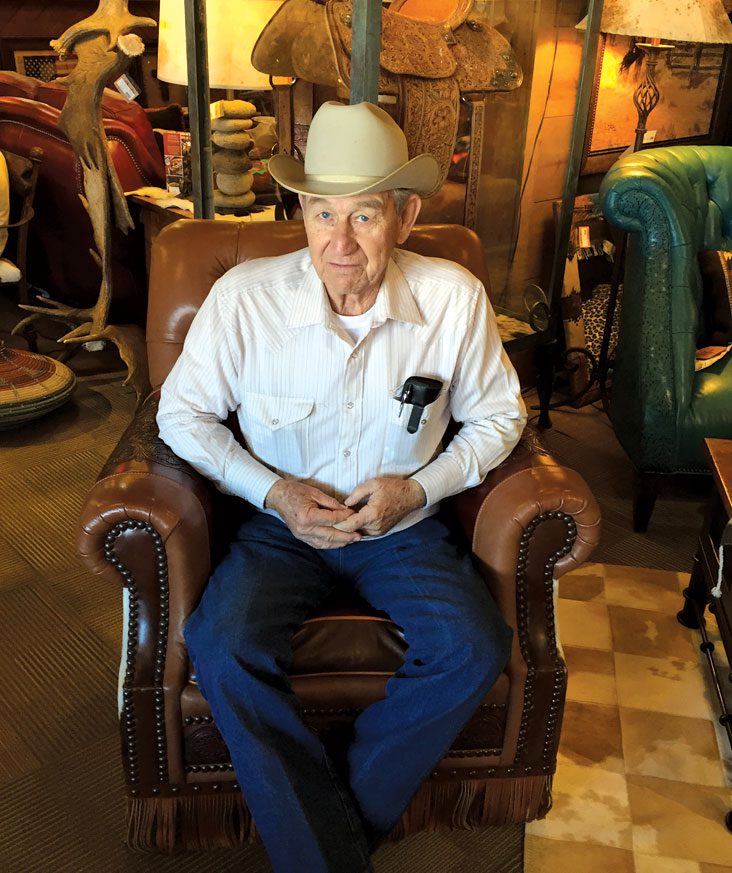
In 1956, when he turned 21, he joined the Rodeo Cowboys Association, and his rodeo travels extended beyond jackpots and local shows to Little Rock, Denver, Ft. Worth, and farther.
By that time, Henry spent his winters working in the machine shop in Bartlesville and saving money for entry fees so he could spend his summers roping.
He often traveled with Ike Anderson, who he grew up with. Ike, who is 80 and still lives in Bartlesville, remembers some of the good times. He and Henry were at the Sidney, Iowa rodeo, on their way to two more that weekend, when they got the news that the county fair in Sedan, Kan., wanted to feature the two of them match roping and pay them $100 each. They left their horses in Sidney, and “drove like madman,” Ike said, to get back to Sedan. Ike’s mother hauled an extra horse to town, and Henry borrowed a horse. Henry beat Ike, “we got our $100, and drove like a son of a gun to get back to Sidney.”
Henry was a jokester, Ike said. Once, at a rodeo in Kansas, the calves were “big, fresh black calves, off the cows, and it was like roping a mountain lion,” he said. Ike backed into the box, nodded, and his horse stalled on him. “The calf was going nine-oh across the arena, and finally the horse decided to go. I came a mile late, and ran this calf down the end of the arena, back up the other side, and through the hay where they’d fed the cattle the night before.” Ike roped the calf in 55 seconds. “I came back out of the arena, so angry I could have bit a piggin’ string in two. Henry comes up to me and says, ‘If you ever make another run like that, I’m not going to rodeo with you,’” Ike laughed. “That’s how we tormented each other, all the time. It was special.”
In those days, calf roping was different. Ropers had a two minute time limit to rope and tie before they were disqualified, and they dismounted differently than today’s ropers. Henry was part of the era that roped, dismounted from the left, then ducked under the rope to flank and tie the calf. “We were still in the Dean Oliver mode of the right handed calf roper,” Ike said. “By the middle of the 60s, (that style of roping) was obsolete.”
But in that north central part of Oklahoma, Henry and Ike were part of a special group of ropers. “With that era of the 50s, if you came into the Bartlesville community, there were a bunch of guys who were tough to beat,” Ike said. “I can’t remember a lot of that style of roper that was tougher than that bunch of guys was.”
Henry remembered a unique roping he won in 1954, near Fairfax, Oklahoma, where the ropers roped deer. A rich oil baron had a section of ground with domesticated deer on it. The deer were run through the chute, and the ropers backed into a box. They were mature animals, and not hard to rope, Henry said. “It was like roping a goat. I believe it was easier than roping a goat. They held their heads up.”
In 1957, when he was 23 years old, Henry took an adventure to California, hoping to extend his roping in the fall, when there were no rodeos at home. “I’d filled my pockets roping (at rodeos) and didn’t want to come back to work,” he said. He assumed they roped calves in California, but they did more team roping than calf roping, “and I didn’t know nothing about team roping,” he said. He stayed with Virgil Berry, Ace Berry’s dad, and when he came home, he was broke. “I had a nickel in my pocket when I come home.” Before he came home, he’d purchased cashews and nuts for his family. In Arizona, he stopped to fuel up, and his bill was $4.50. He handed the cashier his Phillips 66 credit card, but there were no Phillips 66 stations in Arizona. “I’m sorry, son, but we don’t take Phillips 66 cards,” he was told. An old Indian was sitting at the station. He was willing to buy one of his Australian shepherd puppies, but Henry said no. Instead, he sold the cashews to the Indian, paid his bill, and headed home.
Ike remembered another story regarding Henry. The two of them roped at the annual rodeo held at the Cooper Ranch, between Bartlesville and Tulsa, and the lady who owned the ranch hosted a party at the house following the rodeo. Henry was the calf roping and all-around champion. Contestants were served drinks and food from a waiter in a bow tie and formal white jacket. After partying all night, the lady announced, “We’re going to stop the party and go to Collinsville, and the all-around champ is going to buy breakfast.” “I’ll never let him live that one down,” Ike said. “I bet it cost him over one hundred dollars to feed everybody, and money wasn’t easy to come by for all of us.”
Rodeos back then were often two or more head, requiring cowboys to stay in town overnight. Henry knew how to beat the heat on the hot summer days, waiting for a performance to begin. He’d pay ten cents for a movie and stay in the air-conditioned theater all afternoon. “I’d take my nap inside the movie house, while a lot of them were laying out in the sun, and they’d be played out,” he said.
In 1962, Henry married Ora Lee, a barrel racer, and a few years later, moved to Ponca City. After their marriage, he continued to rope but didn’t go as far from home. He bought a bulldozer, and had a successful business in the oilfield. He and Ora Lee raised two children: Hank and Nancy. Both competed in rodeo, and now the next generation is competing: Nancy’s daughter, Kathryn Todd, won the all-around in 2013 at the National Junior High Finals and was reserve champion in 2014.
Henry loved his life of rodeo, roping, and work. “I enjoyed every bit of it,” he said. But whatever he did, he studied and practiced. “You gotta study it, whatever it is you choose to do. If you don’t study, it ain’t going to work. You’re just playing.”
The rodeo life wasn’t always easy, Henry said. “It ain’t all peaches and cream in that rodeoing.” But the good days outnumbered the bad days. “I had a lot of fun.
